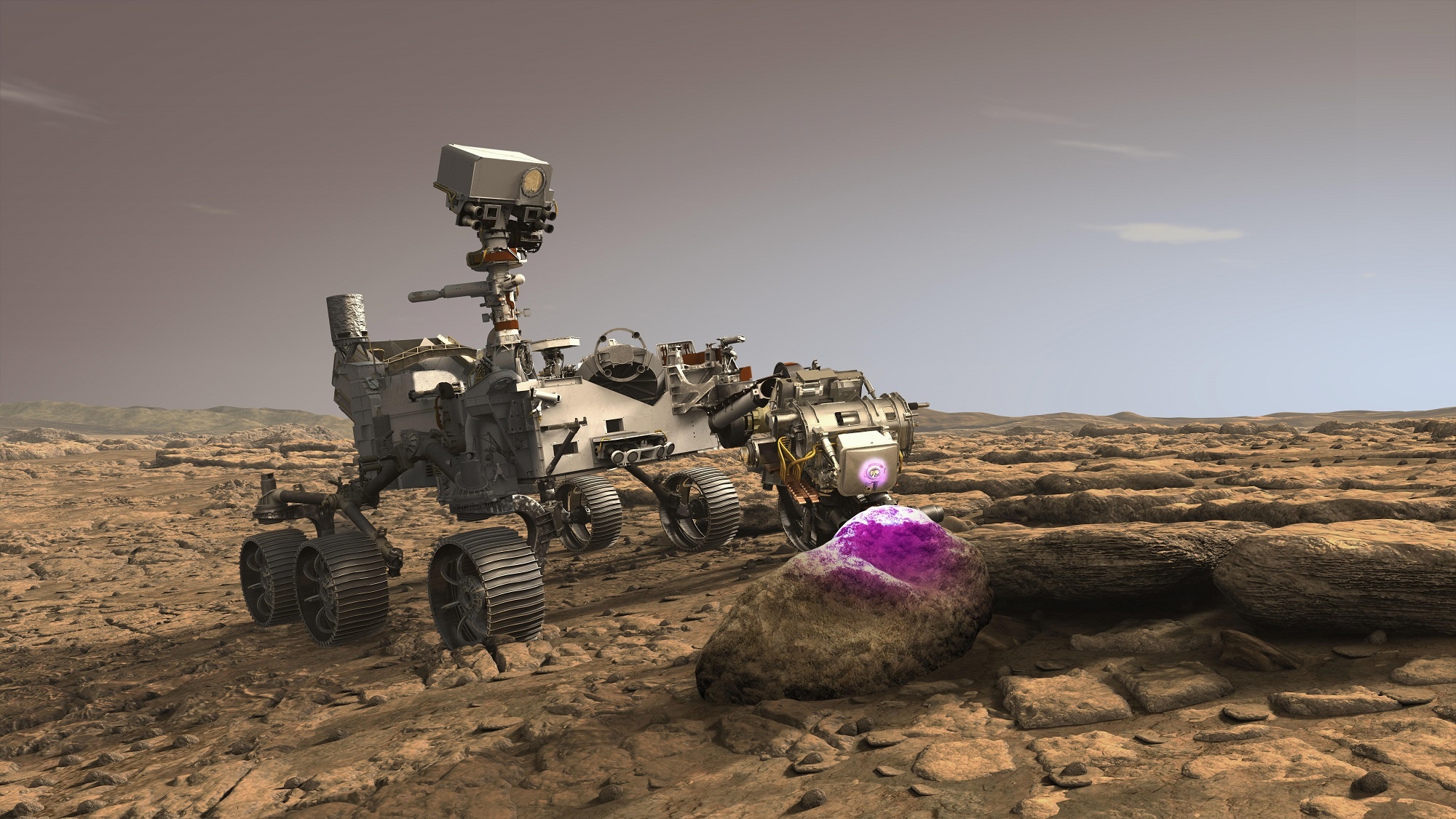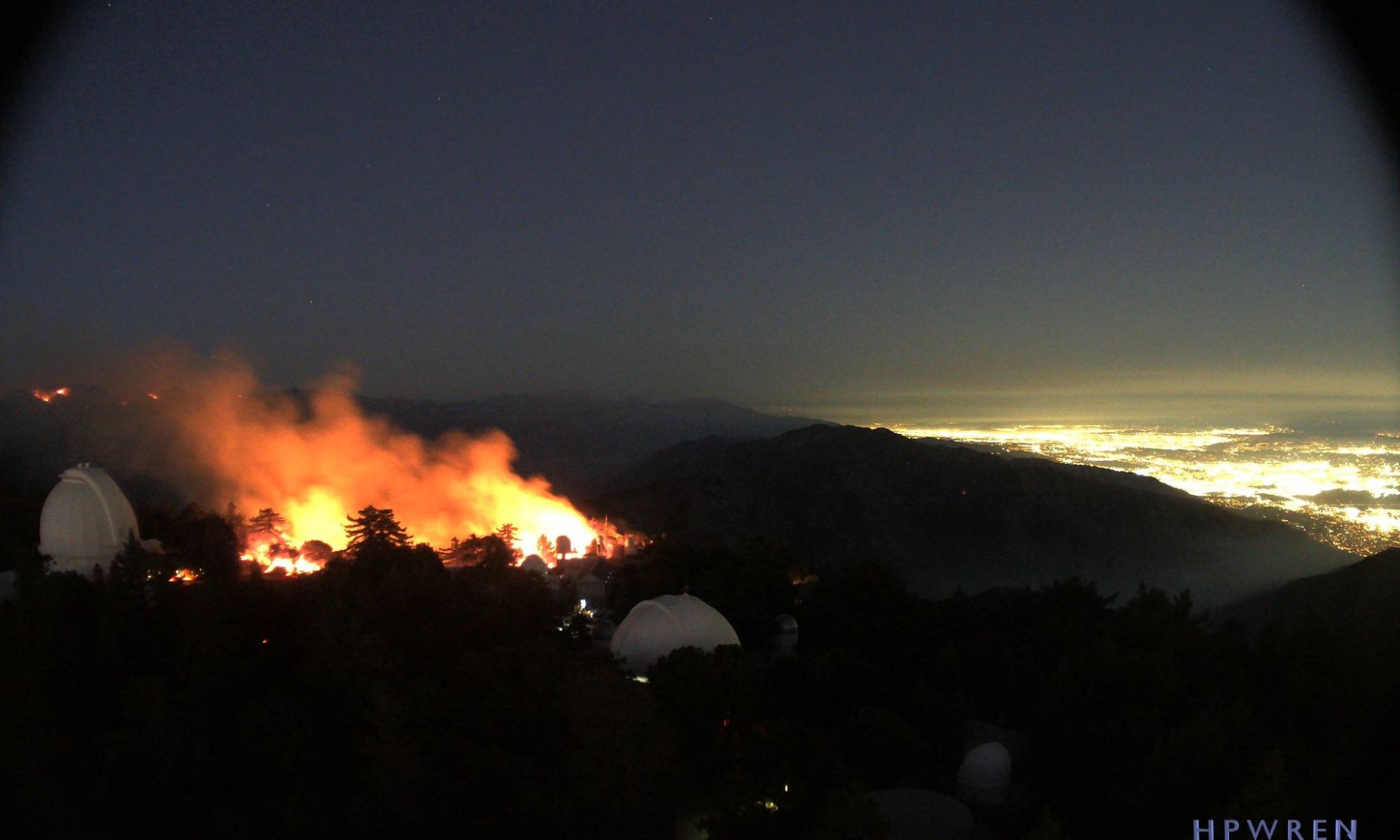In this decade and the next, some very impressive missions will take place. For instance, NASA will send its robotic Europa Clipper orbiter investigate Jupiter’s icy moon Europa for the first time. The orbiter will launch sometime in the middle of the decade (likely 2024) and arrive in the Jovian sytem in the 2030s to look for possible signs of life.
In preparation for this momentous event, NASA recently released a stunning new mission poster. As you can see, the poster features the orbiter looking down on Europa’s icy surface with Jupiter hanging in the background. The orbiter itself is in shadow so as to draw attention to the landscape beneath it.
Continue reading “NASA Releases a New Poster for the Europa Clipper Mission”









